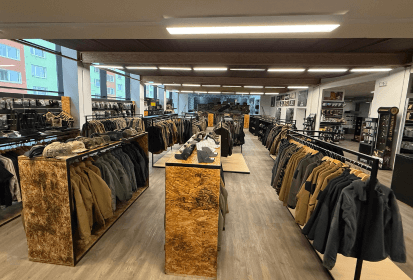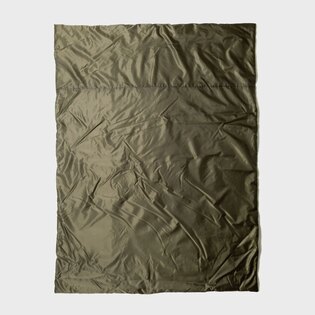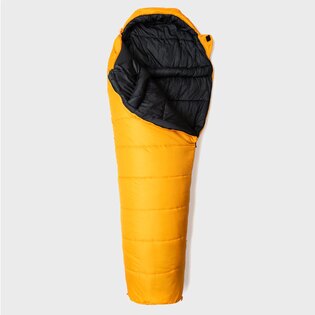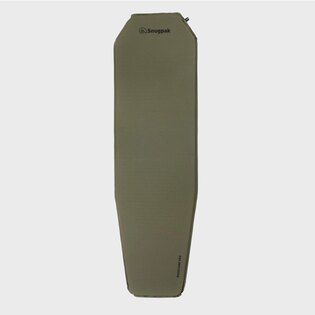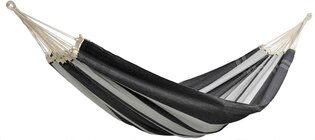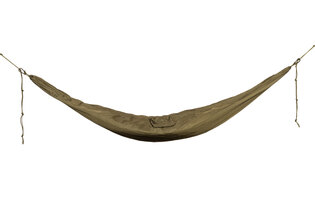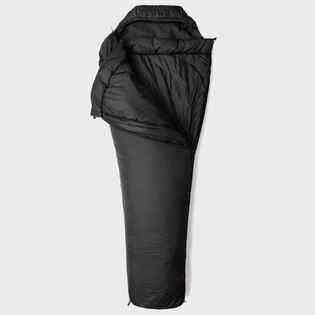7 arctic treks for summer (and autumn)
Have you ever heard of the Arctic Circle Trail, Kungsleden, or the Skyline Trail? These treks are some of the most famous in the area beyond the Arctic Circle. If you are enticed by winding streams, untouched tundra, high mountains, or waterfalls, then our article is just for you. Today we have prepared 7 treks in the Arctic region that you can set out on.
1. Arctic Circle Trail
160 km, 10 days
The Arctic Circle Trail (ACT) is probably the most famous long-distance hike in Greenland and one of the oldest in the Arctic. The name of the trail is derived from its geographical latitude, as it lies along the Arctic Circle at 66.6° north latitude. ACT stretches through untouched Arctic tundra from its starting point in Kangerlussuaq to Sisimiut.
It offers beautiful views and gradually transitions into mountainous areas as you approach Sisimiut and the coast. At first glance, you will be captivated by a plethora of wildlife, numerous bodies of water with fresh drinking water, and seemingly endless lakes.
However, the untouched nature of the trail also brings a few challenges that you will have to deal with. Due to its remoteness and very limited infrastructure, it is recommended only for experienced tourists who have already completed several multi-day solo hikes, are good at navigation, and know first aid techniques. Practically along the entire length of ACT, you will not find mobile signals or any tourist cabins or other options to buy refreshments. If you decide to complete the entire route without hiring a guide, you are truly on your own.
If even the challenging conditions do not deter you, you will be able to fully enjoy a beautiful area that has been on the UNESCO World Heritage List since 2018. For over 4,200 years, Inuit hunting grounds, which have yielded numerous archaeological findings about the ancient settlement of the area, have extended along the entire length of ACT. Along the way, you will certainly notice large stone cairns scattered along the route.

On the Greenland ACT, you will be on your own.
Southern Route
Currently, a so-called Southern Route is being created, which is even quieter and more remote compared to the original trail. On the Southern Route, there is no established path, and most of the time you will be walking on unpaved tundra. This trail is also poorly marked, there are no buildings, and the likelihood of encountering another tourist is even smaller than on the original ACT. All of this, along with the high physical demands, makes the Southern Route one of the most challenging in the world, and therefore only highly fit tourists should undertake it.
Requirements for Completing ACT
You need to prepare well for ACT. Besides physical conditioning, you also need to master a number of skills that are essential for successfully completing the trail. Most importantly:
- physical endurance, you must walk about 20 kilometers daily for 8 to 10 days,
- knowledge of wilderness navigation,
- ability to cope with rapidly changing weather,
- balance and coordination of movements,
- mental resilience.
If you plan to go on ACT in winter, be prepared to set up camp at -30 °C and make sure to remember how to layer clothes properly to avoid hypothermia.
2. Kungsleden
420 km, 21 days
Kungsleden is one of the most beautiful long-distance trails in all of Sweden. The trail runs beyond the Arctic Circle, starting in the village of Abisko by Lake Torneträsk and ending in Hemavan (though you can go in the opposite direction as well). Throughout the trail, you can look forward to the beautiful and untouched landscape of Lapland, endless tundra, a landscape dotted with mountain peaks, and many streams, lakes, and wetlands where you can also encounter freely roaming reindeer.
You can complete the entire trail at once or just a part of it. If you don't feel up to 420 kilometers or can't take 20 days off, don't worry about missing out on the Lapland area. Simply choose the section of the trail that you like the most. Camping is allowed along almost the entire length of the trail, so you don't have to worry about sleeping under the open sky.
The exception is only Abisko National Park, where camping is prohibited. While hiking Kungsleden, you will also encounter several cabins where you can stay and buy some food and drinks. However, be prepared for a considerable markup.
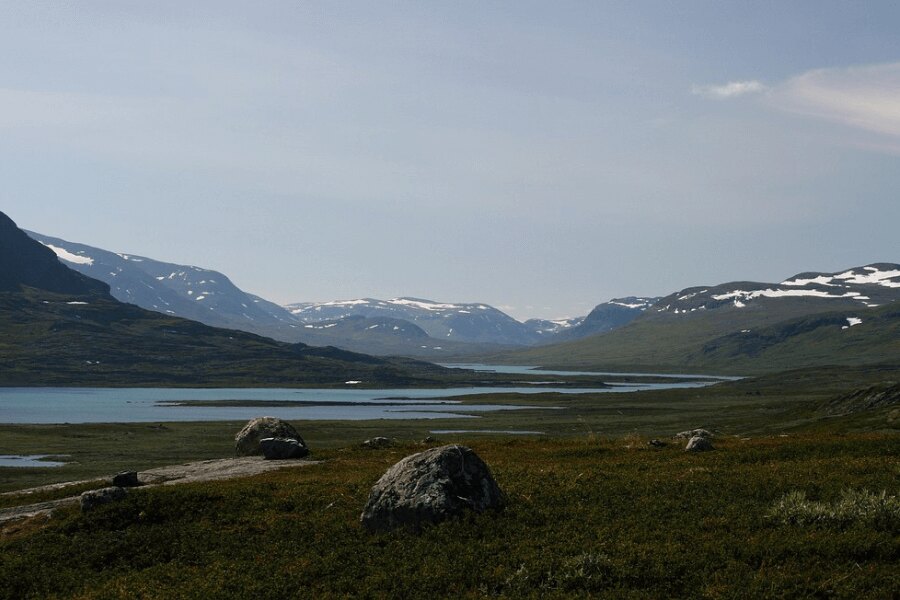
Camping is allowed along almost the entire length of Kungsleden, except in Abisko National Park.
Nikkaluokta – Abisko
The Nikkaluokta – Abisko trail is perfect if you only have a week off. This five-day trek largely follows Kungsleden and offers a great experience of untouched nature. The shortened trail starts in the village of Nikkaluokta, which is easily accessible by bus. The trail takes you along the Láddjujohka River, through picturesque mountain valleys, and offers views of Sweden's highest mountain, Kebnekaise (2,096 meters above sea level).
Also, be prepared to cross several lakes along the way, which means paying for a motorboat transfer unless you want to row several kilometers yourself. In winter, the crossing might be complicated by thick ice, so it's good to check in advance if the boat operators offer their services in the month of your visit. Like on the ACT, you often will not encounter mobile signals on this trail. In case of an emergency, the cabins are equipped with satellite phones.
It is best to go to Kungsleden in the summer when temperatures are relatively stable. However, in summer it's hard to avoid pesky mosquitoes, so we recommend packing a quality repellent and mosquito net. The trail can be completed during other seasons as well, you just need to account for highly variable weather and be thoroughly prepared, especially if hiking during winter.
3. Crossing the Hardangervidda Plateau
140 km, 8 days
The Hardangervidda Plateau covers an area of 8,000 km² in the eponymous national park, which is located between Bergen and Oslo. It is the largest national park in Norway and also the largest plateau in Europe.
Hardangervidda is characterized by its gently rolling landscape, which is dotted with a vast number of small lakes, wetlands, and waterfalls. If you are looking for picturesque romantic scenery, then you will definitely fall in love with this Norwegian gem. The area boasts numerous tourist cabins, the trails are very well marked, and there is no risk of getting lost. It is better to visit the area in the summer months when the tourist cabins are open; only a few of them are open year-round.
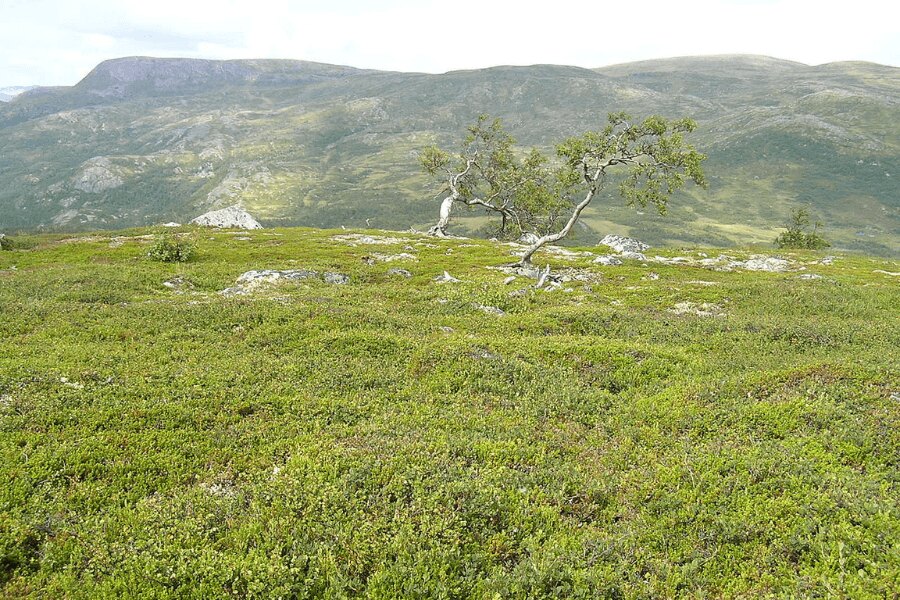
In winter, polar expeditions train on Hardangervidda.
4. Laugavegur Trek
55 km, 2-4 days
The Laugavegur trek takes you into the untouched landscape of the Rainbow Mountains. The trail starts in the area of Landmannalaugar and ends in Thorsmork. Without exaggeration, the Laugavegur trek is one of the most well-known and most popular trails you can find in Iceland. Along the way, you will encounter hot springs, glacial rivers, waterfalls, volcanoes, and volcanic deserts. One of the most beautiful experiences is crossing the Rainbow Mountains, which are a magnet for curious tourists and enthusiastic photographers due to their unique appearance.
But Iceland always has more to offer, so you can extend your hike with the so-called Fimmvorduhals trek, which takes you to the Skógafoss waterfall. Icelanders know very well that tourism is important for the country, so throughout the trail, you will find cabins with accommodation options. However, it is always better to book lodging in advance. If you fail to secure a spot in a cabin, you can also camp, as campsites are very accessible along the trail. You can set off on the trek from June to September.

On Laugavegur trek, you will admire the iconic Rainbow Mountains.
5. Sawback Range Circle
72.5 km, 4 days
This popular trail lies in the Canadian Banff National Park and connects its two main centers, the town of Banff and Lake Louise at an altitude of 1,600 meters above sea level. The Sawback Range Circle takes you to places where there are not so many tourists. Gradually, you will pass through Johnston Creek, Badger Pass, and Flint's Pass, which will charm you with beautiful nature.
The Sawback Range Circle is a rather challenging trek where you will experience significant elevation changes. While on the trail, you will be in an area with active grizzly bear presence, and it is essential to follow the rules for safe passage. The main rules include:
- move in groups,
- stay on marked trails,
- camp in official campsites.
If you plan to visit Banff National Park, it is advisable to consult local guides about the current state of the trail and the potential risk of bear encounters. Guides will explain procedures and recommend measures to reduce risks while passing through the park. The best time to visit is from June to September.
6. Skyline Trail
45 km, 3 days
Skyline Trail takes you through the beautiful nature of Jasper National Park in Canada. This national park is a smaller cousin of the aforementioned Banff Park. Compared to the Sawback Range Circle, the Skyline Trail is a really easy and relaxing trek that takes you to the heart of the Canadian wilderness. The trek is also located in an area with active bear presence, so it is a good idea to be well-informed about what repels bears.
Bells that scare off bears are popular. More information will be gladly provided by local guides. You can go on the Skyline Trail from July to September, but it is necessary to register several months in advance.
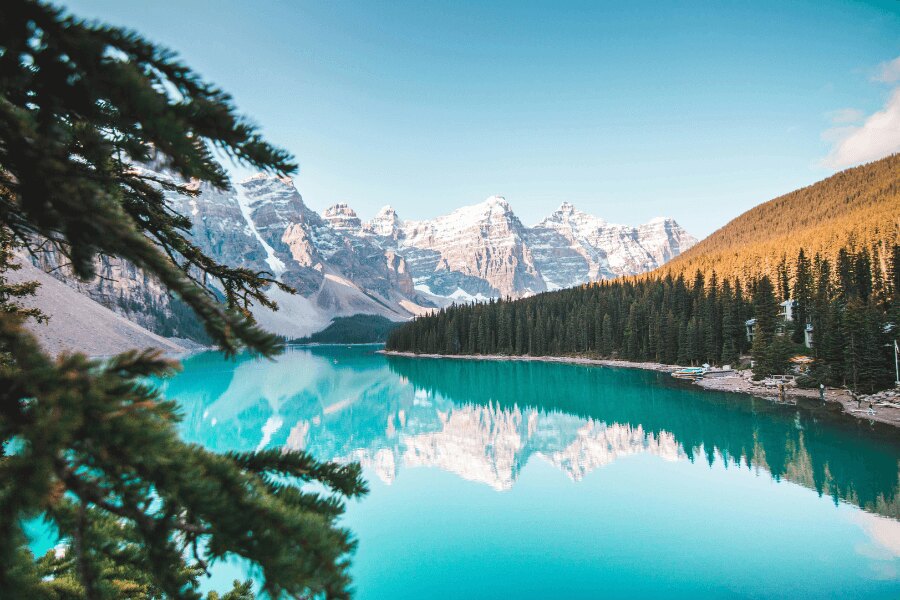
In the Canadian mountains, you must account for the presence of bears.
7. Hiking in Svalbard
30 km, 2 days
We conclude our journey through Arctic treks in Svalbard, located in the Arctic Ocean. Treks in this area are not physically demanding, and the trails are clear. Along the way, you may encounter rivers, streams, abandoned settlements, mines, and even the permanent residents of these regions, polar bears. It is true that a trek in Svalbard can quickly turn from a peaceful walk into an adrenaline-filled adventure. The density of polar bear populations is said to be the highest in the world here.

Svalbard lies far beyond the Arctic Circle, at the 79th parallel.
You should therefore adapt your protection accordingly. It's possible to go on a trek only with a rented weapon, which is meant solely for scaring off polar bears; it's definitely not a good idea to shoot at or otherwise provoke polar bears. If you are not brave enough to go on the trail alone, you can hire an experienced guide.
Readers are further interested

